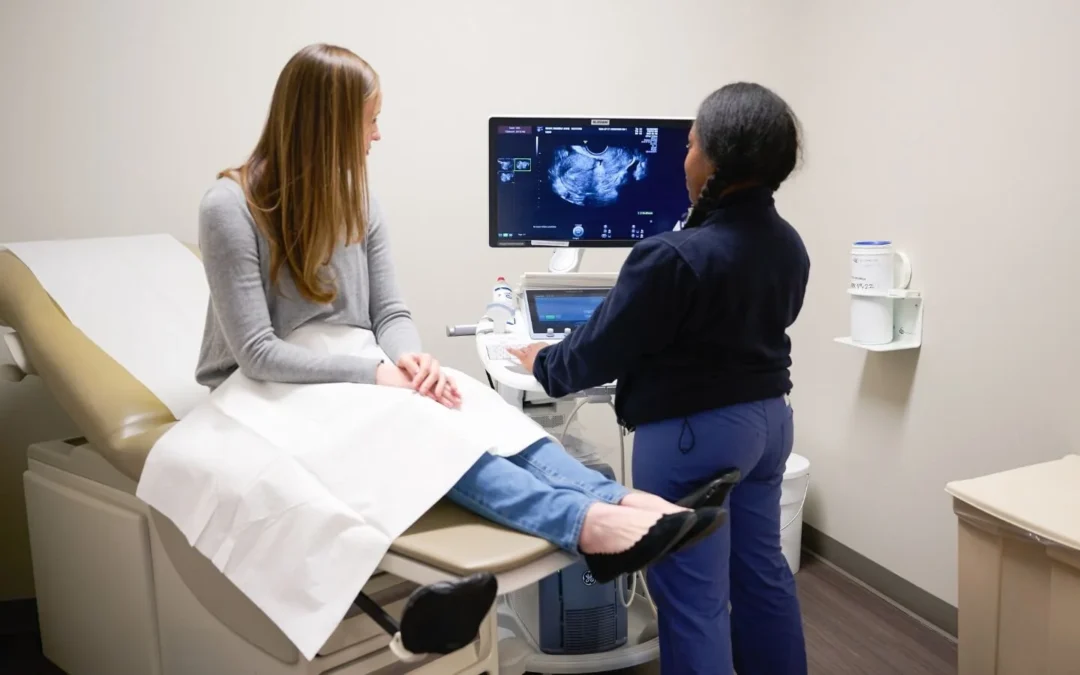A Comprehensive Guide for Individuals and Couples Trying to Conceive
When you’re trying to conceive and it’s not happening as expected, one of the first and most important steps is fertility testing. Whether you’re in the early stages of trying, have experienced previous losses, or have been trying for a year (or six months if you’re over 35), understanding your reproductive health through testing can bring clarity, direction, and a sense of empowerment.
This guide will walk you through the most common fertility testing options for both women and men, so you know what to expect and where to begin.
🧪 Fertility Hormone Testing (for Women)
Hormone testing offers critical insight into your ovarian function, cycle regularity, and overall reproductive health. These are usually blood tests done early in the menstrual cycle.
Key hormones tested:
- FSH (Follicle-Stimulating Hormone): Helps assess ovarian reserve. High levels may indicate lower egg supply.
- LH (Luteinizing Hormone): Surges mid-cycle and helps trigger ovulation.
- AMH (Anti-Müllerian Hormone): Gives an estimate of how many eggs you have left. A popular marker of ovarian reserve.
- Estradiol (E2): A form of estrogen that reflects ovarian function.
- Progesterone: Checked later in the cycle to confirm whether ovulation occurred.
- Thyroid hormones (TSH, T3, T4) and prolactin are also tested, as imbalances can affect fertility.
📝 These tests can be done by your family doctor, OB-GYN, or fertility clinic, often in combination with a transvaginal ultrasound to assess your ovaries and uterus.
🧫 Semen Analysis (for Men)
Male-factor infertility plays a role in about 40–50% of infertility cases, so testing sperm health is crucial early in the process.
What’s evaluated in a semen analysis:
- Sperm count: Total number of sperm in the sample.
- Motility: How well sperm are moving.
- Morphology: Sperm shape and structure.
- Volume and pH: General characteristics of the sample.
If any abnormalities are found, further testing (e.g., hormone levels, scrotal ultrasound, genetic testing) may be recommended. Many causes of male infertility can be addressed with lifestyle changes or medical treatment.
🩺 Diagnostic Imaging and Procedures
When hormone levels and semen analysis don’t reveal clear issues, further diagnostic procedures can help uncover physical or structural factors.
Hysterosalpingography (HSG)
A specialized X-ray done to check whether the fallopian tubes are open and the uterine cavity is normal. A dye is passed through the cervix into the uterus and fallopian tubes, and images are taken to assess for blockages or abnormalities.
💡 Some individuals conceive naturally shortly after an HSG — often called a “flushing” effect!
Sonohysterogram (Saline Ultrasound)
A saline solution is used to expand the uterine cavity, making it easier to detect fibroids, polyps, or scarring via ultrasound. This type of ultrasound is also used to evaluate whether the fallopean tubes are open.
Laparoscopy
A minimally invasive surgical procedure where a small camera is inserted into the abdomen to look directly at the pelvic organs. This is especially useful for diagnosing and treating endometriosis, adhesions, or tubal damage.
🕒 When to Consider Fertility Testing
You should talk to your doctor about fertility testing if:
- You’ve been trying to conceive for 12 months (or 6 months if over age 35)
- You have a history of irregular periods, PCOS, endometriosis, or recurrent miscarriages
- You’ve had previous pelvic surgeries, STIs, or known medical conditions
- You or your partner have concerns about sperm health, sexual function, or hormone levels
Early testing can help you avoid unnecessary delays and start building a plan that fits your body and goals.
💛 Final Thoughts
Fertility testing isn’t about rushing into treatment — it’s about getting the information you need to make informed decisions. While the process can feel overwhelming, remember: knowledge is power.
At Fertility Friends Foundation, we’re here to support you every step of the way — through education, community, and financial assistance. Whether you’re just starting out or already navigating fertility care, you’re not alone.
